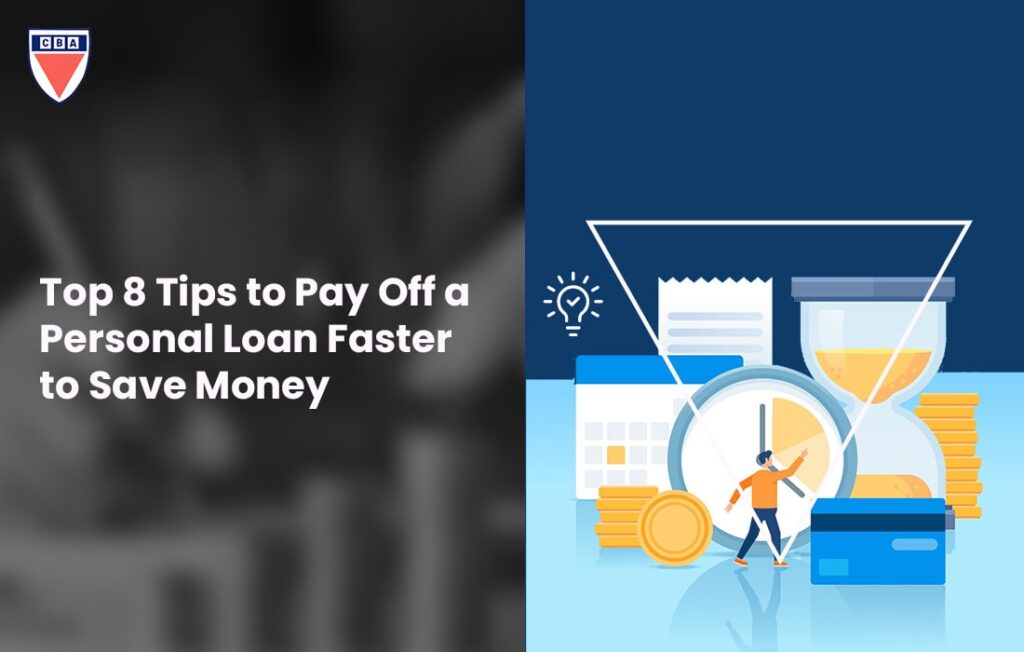Introduction:
Over the last decade, individual debt has become increasingly popular in India, catering to a diverse range of financial needs. From funding dream weddings to management of unexpected medical expenses, personal debt offers a quick and flexible solution. Even if you feel financially safe today, emergencies do not declare their arrival. Whether it is home renovation, the need for the final finishing business, or an unplanned holiday, a personal loan can serve as a safety net when your savings are low. When you are in financial difficulty, you can be wooed to take personal loans to help you get out of it. However, this should not be your first or only option to deal with the problem. But if you do enough research and consider the information here, you should be able to make an informed decision on taking personal loans. If you decide to take a loan, there are some essential things to consider. After knowing these ideas, you have to make your decision. In this blog, we will see the most important things, such as how to apply, which banks to consider, repayment suggestions, and more, before taking personal loans.
What is a personal loan?
A personal loan is issued to a borrower by a lender, such as a type of installment credit by bank, credit union, or online lender. You have to meet the eligibility requirements of the lender to get personal loans. If approved, you can use your loan for almost anything, such as the renewal of your home or the payment for large purchases. You are responsible for repaying the loan by paying regular payments over a certain period, which usually involves interest.
How to qualify for a personal loan
While each lender is slightly different, most of the individual debt applications look for some common things when reviewing:
- Credit Score: A higher score boosts your chances. You’ll generally need at least 580 to qualify and 700+ for better terms. Check your score, work on improving it if needed, and know what your chosen lender expects.
- Income: You may need to provide evidence, such as pay stubs or a letter of employment, so the lender can see that you can afford to repay the loan.
- Debt-to-Income (DTI) Ratio: This indicates how much of your income goes toward debt. Less than 36% is best, but some lenders might accept higher. Reduce your DTI by paying off debt or making more money.
- Collateral (secured loans): Pledging an asset to secure your loan can boost your chances of approval. Keep in mind, the lender can take it away if you fail to make payments, and you could still be responsible for any remaining balance.
- Co-signer: Someone with good credit co-signing on your behalf can enhance your approval probability and even qualify you for more favorable terms.
Pros of Personal Loans:
- Can be used for almost any purpose
- Help build credit with timely payments
- Offer fast access to cash (often same-day)
- Useful for debt consolidation
- Often come with lower rates than credit cards
- Typically don’t require collateral
- Flexible borrowing limits
Cons of Personal Loans:
- High interest rates for low credit scores
- May include fees and penalties
- Late or missed payments hurt your credit score
- Some loans require collateral
- Can lead to unnecessary debt if used poorly
- Top 8 Tips to Pay Off a Personal Loan Faster to Save Money
Top 8 Tips to Repay Your Loan Early
1) Make a Larger Down Payment (For Secured Loans)
When you take a secured loan such as a car loan or home loan, making a larger down payment decreases the amount you borrow as loan. This decreases your monthly EMI and the interest payable, which enables you to pay earlier and save more.
2) Select an Appropriate Lender
Conduct extensive research on interest rates, processing charges, and eligibility parameters among lenders. Using a lender that matches your profile can avail you of lower interest rates, reduced EMIs, and short-term loan tenure options, which accelerate repayment.
3) Be Careful About Charges
Apart from interest, lenders charge processing fees, prepayment penalties, and late payment charges. These add to your cost and can increase EMIs. Choose loans with minimal or no extra fees to avoid financial strain.
4) Raise Your EMI
If your income rises, consider increasing your monthly EMI or shortening the loan tenure through rescheduling. This means paying more each month but closing the loan earlier. Confirm any rescheduling fees before making changes.
5) Make Part Prepayments
Utilize bonuses, tax refunds, or additional income to settle a portion of your loan ahead of time. Partial prepayments lower your principal and interest, facilitating faster loan closure. Find out if your lender imposes fees for prepayment to be prepared.
6) Balance Transfer
If interest rates have fallen since you borrowed your loan, shift your balance to a lender with lower rates. This decreases your monthly EMI and overall interest, allowing for quicker repayment. Also, moving from fixed to floating rates can decrease costs.
7) Increase Income
Supplement your income with side hustles, freelancing, or rental income. Additional income provides you with more funds to service higher EMIs or prepay the loan, accelerating loan repayment without impacting your way of life.
8) Leash Tax Savings
In case of home or business loans, make use of tax deductions under sections such as 80C or 24(b) to save tax. Channel these savings into your loan repayment to help minimize your loan tenure as well as interest burden effectively.
Using a Personal Loan Repayment Calculator
A personal loan EMI calculator helps estimate your monthly payments. Just enter the loan amount, interest rate, and tenure. The EMI is calculated using
EMI = [P × r × (1 + r)^n] / [(1 + r)^n – 1]
Where:
P = Loan amount
r = Monthly interest rate (annual rate ÷ 12 ÷ 100)
n = Loan tenure in months
Example:
For a ₹2,00,000 loan at 10% annual interest for 2 years:
r = 10/12/100 = 0.0083, n = 24
EMI ≈ ₹9,223
Should You Use a Personal Loan to Pay Off Debt?
Using a personal loan to pay off high-interest credit card debt can help you save on interest and repay faster, but it’s not always the best choice.
Pros:
- Fixed monthly payments give repayment certainty.
- Usually have lower interest rates than credit cards.
- Simplifies payments by consolidating multiple debts into one.
Cons:
- The loan amount or rate isn’t guaranteed; you may not get enough to clear all your debt.
- Risk of accumulating more debt if spending habits don’t change.
- Monthly payments on current credit cards can exceed the minimum, so the ability to pay is important.
Conclusion
A personal loan can be an auxiliary financial tool when implemented responsibly. Compare lenders, make careful planning of your repayment, and use devices such as an EMI calculator and check your CIBIL score before borrowing. With the right choice, an individual debt can support your goals without risking your financial health.





